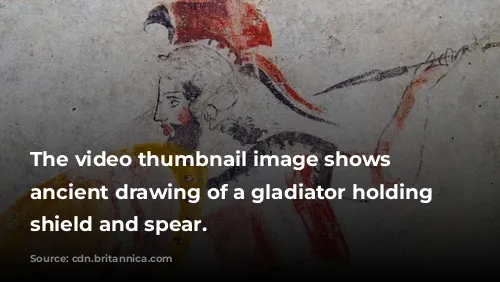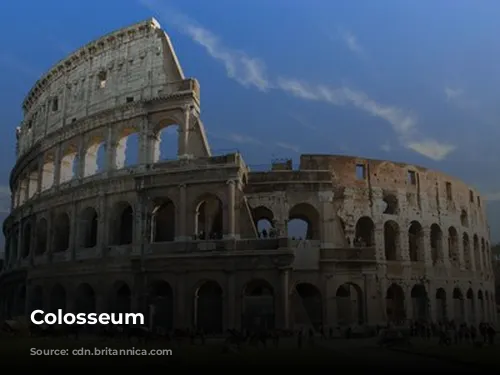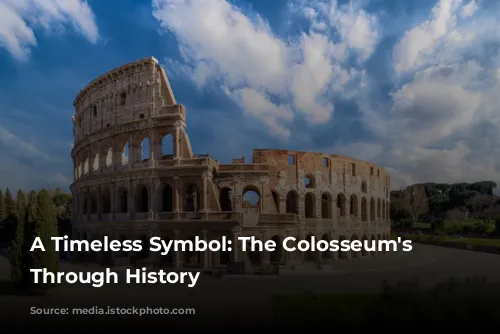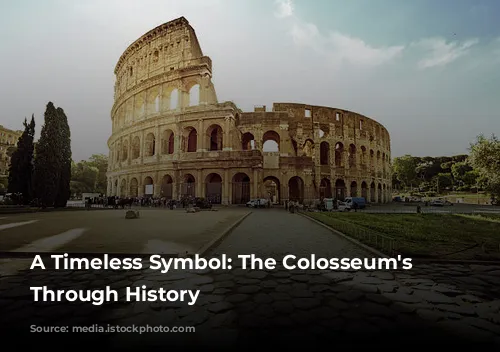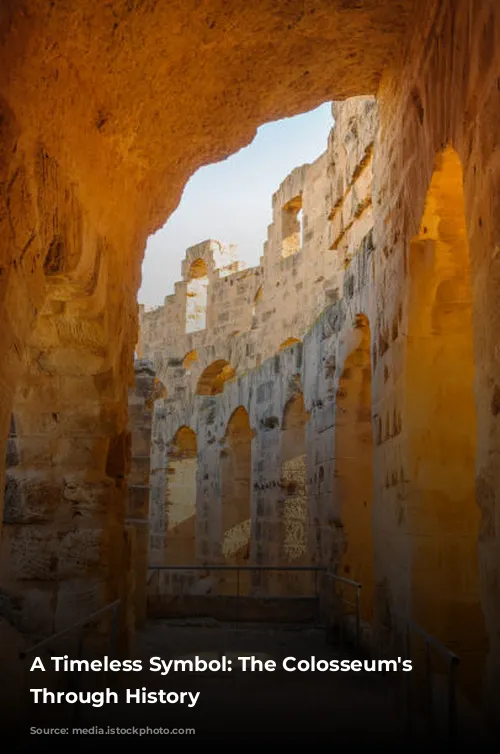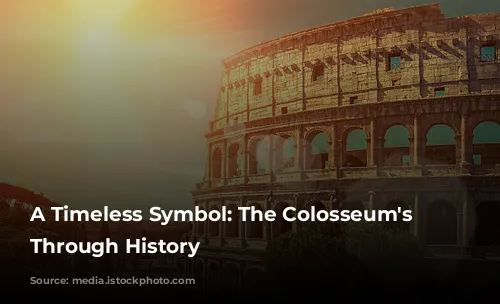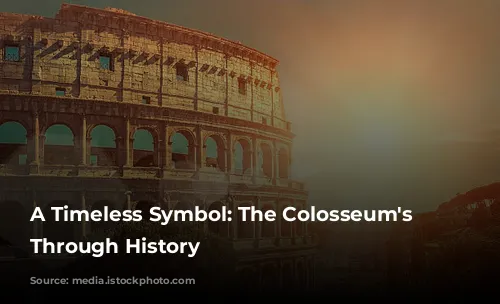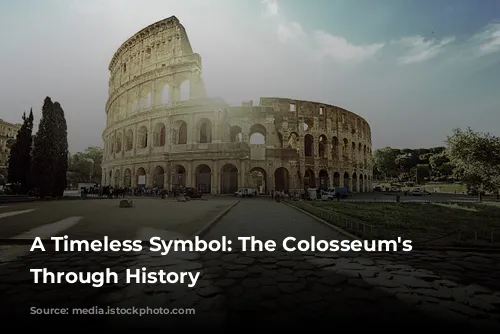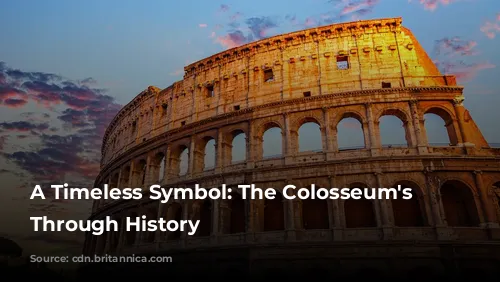The Colosseum, a symbol of ancient Rome’s architectural might, stands tall as a testament to the ingenuity of its builders. It’s a place of wonder that attracts millions of tourists each year, contributing significantly to Italy’s economy. In 2018 alone, the Colosseum, Roman Forum, and Palatine Hill generated over €53.8 million, making them the most popular tourist attraction in the entire country.
A Monument to Power: The Colosseum’s Rise and Fall
The Colosseum’s story is intertwined with the rise and fall of the Roman Empire. Built during the reign of Emperor Vespasian, it aimed to revitalize Rome after a period of turmoil. Like other amphitheaters, it was meant to be a hub of entertainment, hosting gladiatorial combats, animal hunts, and even mock naval battles.
Construction began between 70 and 72 CE, with the completed structure being dedicated in 80 CE by Vespasian’s son, Titus. Interestingly, the Colosseum was financed with spoils from Titus’s conquest of Jerusalem, and its construction involved enslaved Jewish people. This stark reminder of Roman power highlights the complex history behind this iconic monument.
A Structure of Strength: The Colosseum’s Engineering Marvel
The Colosseum is an elliptical structure built with stone, concrete, and volcanic tuff. Standing four stories tall, it measures an impressive 189 by 156 meters and had the capacity to hold up to 50,000 spectators. Its construction was a remarkable feat of engineering, utilizing a complex system of barrel and groin vaults, and showcasing the skill of Roman architects.
The Colosseum’s exterior is adorned with three tiers of arcades, framed by engaged columns in the Doric, Ionic, and Corinthian orders. This distinctive architectural style, known as the assemblage of orders, played a pivotal role in shaping Renaissance architecture. The use of travertine for the main structure, volcanic tufa for secondary walls, and concrete for the inner bowl and arcade vaults demonstrate the Roman mastery of materials.

A Place of Spectacle: The Colosseum’s Purpose and Legacy
The Colosseum was more than just a building; it was a stage for breathtaking spectacles. The arena could accommodate thousands of spectators, protected from the sun by a massive retractable awning called a velarium. Hundreds of Roman sailors were needed to manipulate the rigging that extended and retracted this awning.
Within the Colosseum’s walls, gladiators engaged in fierce hand-to-hand combat, men faced off against wild animals, and elaborate mock naval battles unfolded. Although there is no concrete evidence, it’s been suggested that the Colosseum may have been the site of early Christian martyrdom.
From Glory to Neglect: The Colosseum’s Later Years
After the fall of the Roman Empire, the Colosseum faced a period of decline. It was repurposed as a fortress by powerful Roman families, and later, even used as a quarry, stripping it of its marble seats and decorative materials. This neglect continued for over a thousand years.
However, in the 19th century, efforts began to preserve this iconic landmark. Significant restoration projects were undertaken in the 20th century, with notable efforts led by Pope Pius VIII and a major restoration project in the 1990s. Today, the Colosseum stands as a testament to the resilience of human spirit and the enduring power of history.
